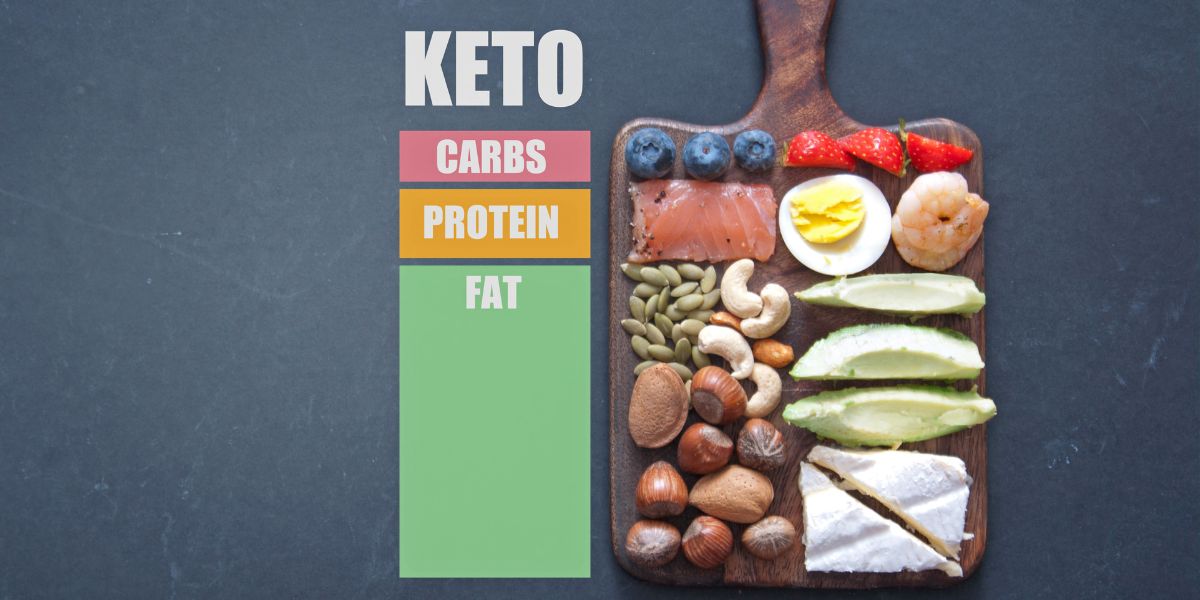The paleolithic ketogenic diet is an innovative new diet that is having remarkable outcomes in new-onset type 1 diabetes.
These benefits include improved blood glucose levels and even being able to come off insulin in some cases, as well as lowering inflammation thus preventing long-term complications.
Read the case studies below from healthcare professions and patients who have experienced the paleo keto diet and why they believe it is such an exciting diabetes treatment.
Kristóf Orosz
“I think anyone can do this with motivation. I was experiencing some negative symptoms with insulin like distension and worsening vision, not feeling well, changing moods. If someone is motivated, this diet is easy to follow. I am also glad that I don’t take medication and I don’t eat food with preservatives.”
Read more on Kristóf Orosz
24 months without insulin
A nine-year-old boy with type 1 diabetes went 24 months without insulin after adopting the paleo keto diet. Dr. Csaba Tóth believes the diet resulted in a halting of the autoimmune response which destroys the insulin producing cells in the body.
Read more about the boy who went without insulin for 24 months
Treating metabolic syndrome
A 2015 case study monitored the effects of the paleo keto diet on an obese woman with type 2 diabetes and hypertension. The diet helped her to improve her HbA1c, cholesterol and triglyceride levels and come off the eight medications she had been taking. The woman has been free of side effects for the four-and-a-half years she has spent on the diet. [342]
Where it all began
It is thought the first case study of a paleo keto diet occurred in 1930. In a year-long study, two researchers, Walter S. McClellan and Eugene F. Du Bois, ate only animal fat and meat for a year without experiencing any adverse health effects. [343]




